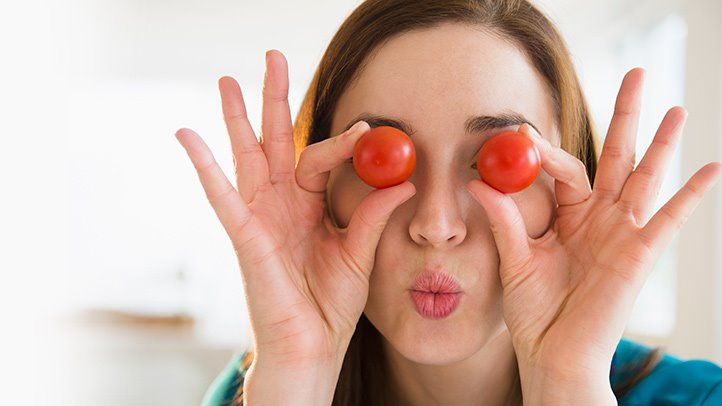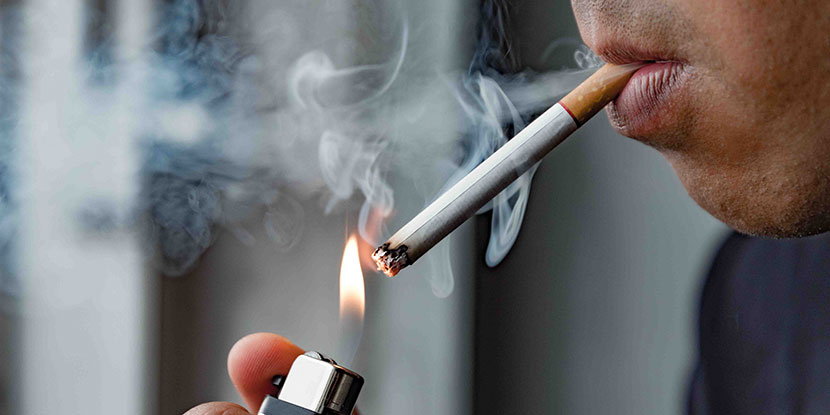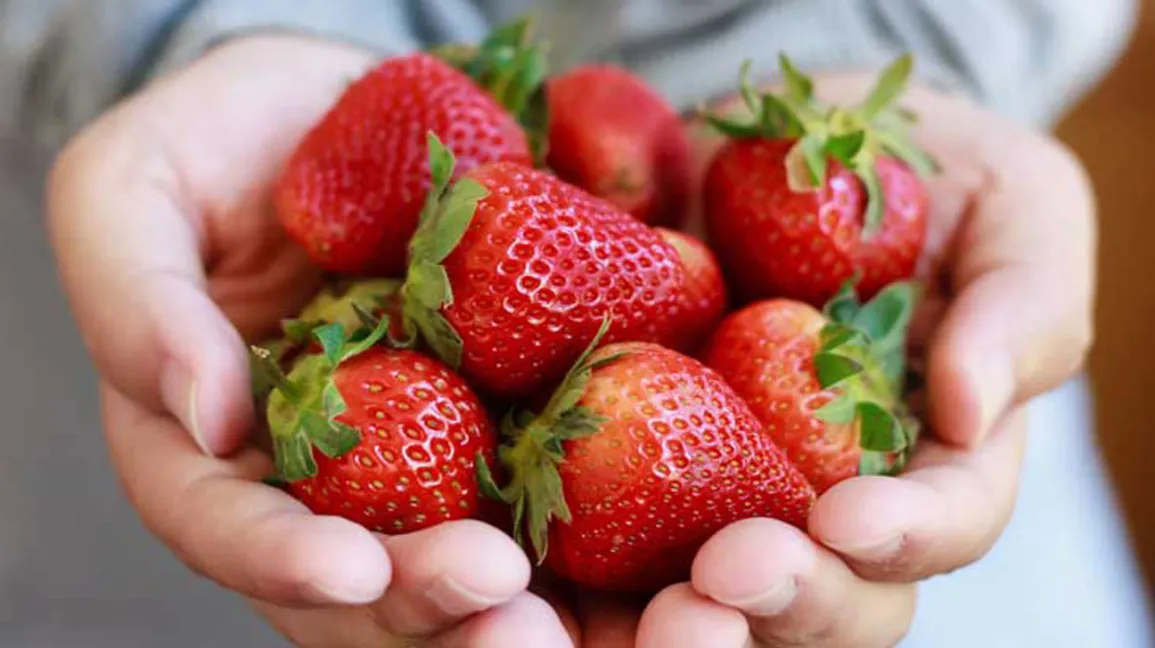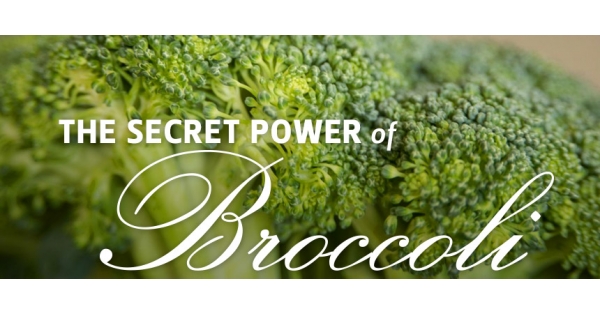The keto diet is a high-fat, low-carb eating plan designed to put your body into ketosis for weight loss and improved energy.
As with any restrictive diet, keto has some risks. Potential short-term risks of the keto diet include flu-like symptoms (known as “the keto flu”) and issues related to your kidneys.
1. Constipation
Many keto dieters report experiencing regular and easier bowel movements after starting keto, while others may experience constipation or diarrhea as their bodies adjust to this new eating plan, according to Amar Naik MD of Loyola Medicine in Chicago. Amar believes this transitional period should pass quickly after being introduced to their new eating plan.
If you are suffering from constipation, the first thing to do is ensure you’re drinking enough water – this is essential to having an efficient digestive system and staying hydrated.
Eating foods high in fiber can also help your digestive tract, by moving things along and flushing away excess water from the system. Examples include non-starchy vegetables (like broccoli and cauliflower), berries, legumes (such as lentils and beans) seeds and nuts – these will all keep things moving along and flush excess out.
Increase your consumption of probiotics. Probiotics are natural bacteria found in human gastrointestinal tract, and can help improve digestion. You can get them by eating fermented foods such as kimchi, sauerkraut or kombucha.
Fermented foods contain prebiotic fiber, which feeds beneficial bacteria in your gut. While fermented foods are great sources of prebiotic fiber, they should not be the sole source in a keto diet; fiber-rich fruits and vegetables, whole grains and legumes should also be included for maximum benefit.
Keto foods that are rich in magnesium, potassium and sodium may help alleviate constipation. You can increase your consumption of these essential minerals by including more salt in meals or by taking keto-compatible supplements like magnesium citrate.
Constipation could be an indicator that your body is flushing out too much sodium while not absorbing enough potassium – something which often happens with keto diet followers since their kidneys flush out sodium far more rapidly than usual.
One way of staying keto-friendly when dealing with excessive salt intake is drinking plenty of water, which will flush excess sodium out. Furthermore, adding potassium- and magnesium-rich foods like avocado, nuts and yogurt into your diet may also help.
Attract constipation by following a keto diet properly, using these tips for constipation relief. If the problem persists, seek professional assistance immediately.
2. Diarrhea
Though keto may help you shed extra weight and increase energy levels, it does come with some unwanted side effects – most notably diarrhea – although these side effects should only last temporarily.
Diarrhea on the keto diet can occur if your body has difficulty breaking down and digesting the fat you consume on this plan. Your liver must produce more bile to break down fat while also providing necessary lubrication of your colon and helping lubricate it against possible blockage.
Newcomers to keto dieting may struggle to integrate all the appropriate macronutrient ratios into their diet, leading to too much protein or too little fat and possibly diarrhea as a result. To combat this issue, be sure your protein consumption remains reasonable (10-20% of total daily calorie demand) while making sure there are ample healthy fat sources such as olive oil in your diet.
Probiotic supplements and fermented foods are excellent ways to prevent or treat diarrhea on the keto diet, as they contain beneficial bacteria that will rebalance your gut microbiome and make digestion more productive.
However, if chronic diarrhea arises during your keto diet and persists despite changes to eating habits, it could be time for further assessment of its suitability for you. “If the symptoms last more than several days and increase in severity”, recommends Dixon.
Make sure your water intake contains adequate electrolytes and sodium for proper functioning of the digestive tract. Avoid taking in too many sugar alcohols which could potentially cause diarrhea.
If you’re experiencing diarrhea on the keto diet, it is essential that your fluid and salt levels are replenished by increasing intake of water, soups, or fruit juices in order to rehydrate the body and aid its ability to absorb essential nutrients.
On a keto diet, it’s also wise to minimize any potential food sensitivities you might have. Certain foods like avocados can be particularly hard for some individuals to digest and may lead to diarrhea as a result.
3. Weight gain
The keto diet can be an excellent way to lose weight; however, it may not suit everyone and may lead to some negative side effects.
One of the primary risks associated with keto diets is weight gain. This occurs as carb-free eating may increase appetite and overeating while on this plan. People who are already overweight or obese may see their appetite increase while following it.
Keto diet can cause vitamin and mineral deficiencies due to restricting consumption of vegetables and fruits rich in vitamins A, C and K, folate.
Vitamins and minerals play an integral part in protecting us against many serious diseases, such as heart disease and cancer. According to the Academy of Nutrition and Dietetics, restricting one’s diet can result in deficiencies which negatively impact long-term health.
For instance, a deficiency of potassium may cause your body to retain water, leading to fluid retention (commonly known as edema). This issue can be addressed temporarily by eating more vegetables or taking vitamin B1 supplements.
The keto diet is also high in saturated fats, which increase cholesterol levels and risk for heart disease. According to the American Heart Association’s recommendations, individuals should limit saturated fat intake to between 5%-6% of their daily calorie intake.
Foods high in saturated fats such as fatty cuts of beef and pork may be good sources of the kind of saturated fat needed by keto dieters, though you should read labels carefully and steer clear from trans fat-containing items as these are an unhealthy form of saturated fat.
Other foods to avoid on a keto diet are processed foods and sugary beverages, like fruit juice or candy. If these types of food trigger cravings, try opting for low-carb alternatives such as unsweetened tea or nut milks as possible replacements.
Dieting on the keto diet should focus on cutting back on snacks containing fast-digesting carbohydrates such as high-sugar fruits and starchy vegetables that raise your blood sugar quickly. You should also drink plenty of water throughout the day in order to limit carb intake.
4. Dehydration
Ketosis, or the metabolic state in which your body burns fat for fuel, can put you at risk of dehydration. This is because following a keto diet reduces carb consumption which means your body uses up its glycogen stores as energy instead of water and you end up dehydrated more easily than when on conventional diets.
Loss of water may make you thirsty, which is an early indicator that your body needs extra fluids as you transition towards ketosis and enter ketosis. Your kidneys have been responsible for holding onto water and sodium to ward off insulin spikes; when entering ketosis they release stored quantities.
As part of your effort to stay hydrated while on keto, be sure to drink more fluids than usual; especially if your diet includes salty food. Also try drinking other forms of fluids like coffee and tea as sources of hydration.
On the keto diet, your needs for fluid vary based on factors like your activity level and climate conditions. A general guideline suggests drinking eight glasses of water each day as a general goal, though you should monitor your own hydration levels closely to ensure you are meeting this recommendation.
Consume plenty of low-carb, whole foods that provide adequate hydration. One effective way of increasing fluid intake is through adding fruits, vegetables and non-starchy veggies into meals – adding these water-rich components will do just fine!
Add electrolyte-rich drinks to your water consumption for additional electrolytes and essential minerals, including sodium, potassium, calcium, magnesium, and chloride – essential in maintaining balanced body pH levels, maintaining muscle performance and avoiding drops in blood pressure.
Prebiotic electrolyte mixes such as MAGNAK’s Humolyte can help restore your water and electrolyte balance on keto. Furthermore, this prebiotic electrolyte mix promotes gut healing while aiding recovery from dehydration.
On the keto diet, it is wise to limit intake of high-carb foods like chips, crackers, and bread as these may lead to dehydration and an imbalanced water balance. Instead, opt for fresh produce such as celery sticks, tomatoes, cucumber slices and berries in order to increase fluid intake and avoid dehydration.




